We kindly inform you that, as long as the subject affiliation of our 300.000+ articles is in progress, you might get unsufficient or no results on your third level or second level search. In this case, please broaden your search criteria.
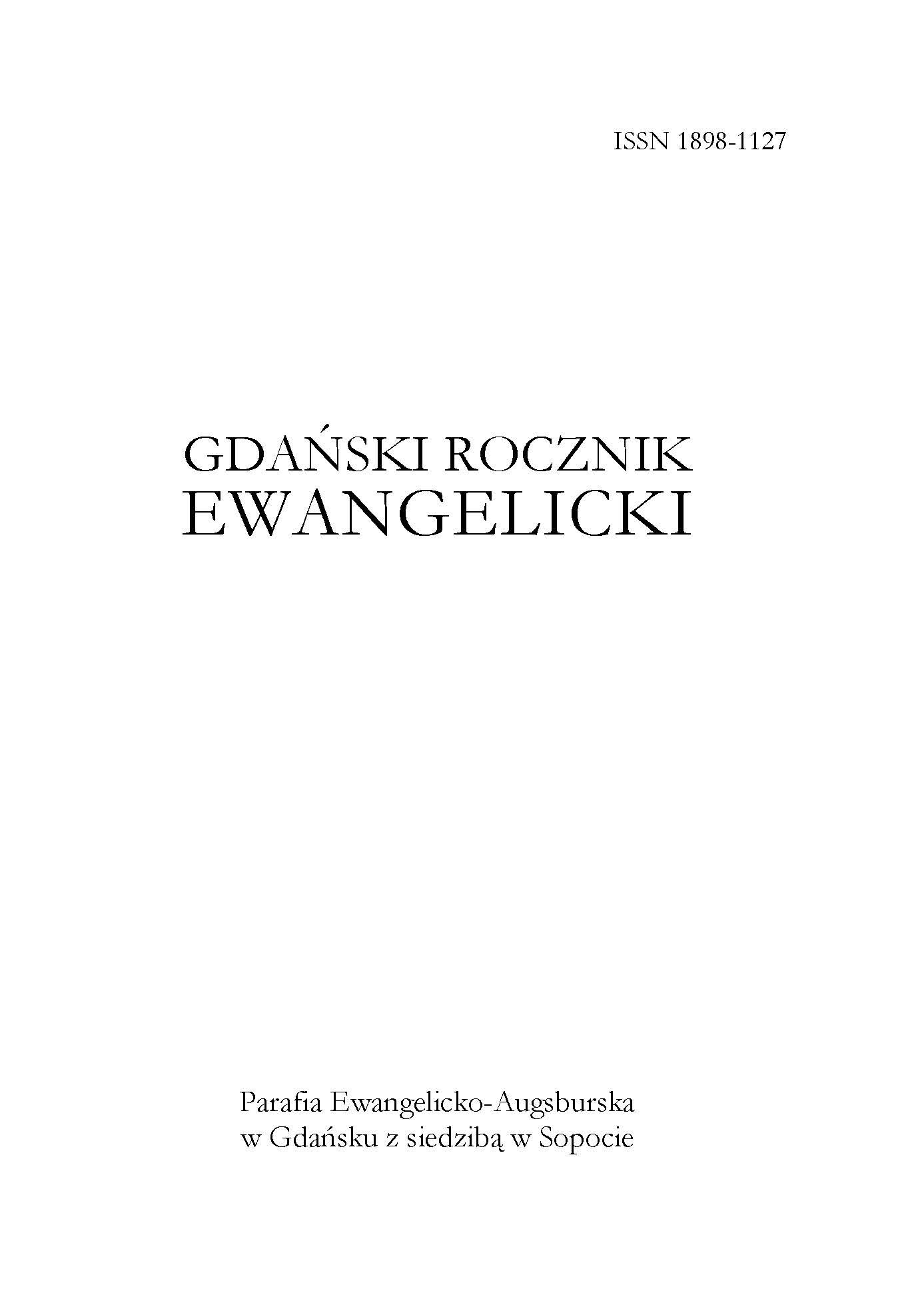

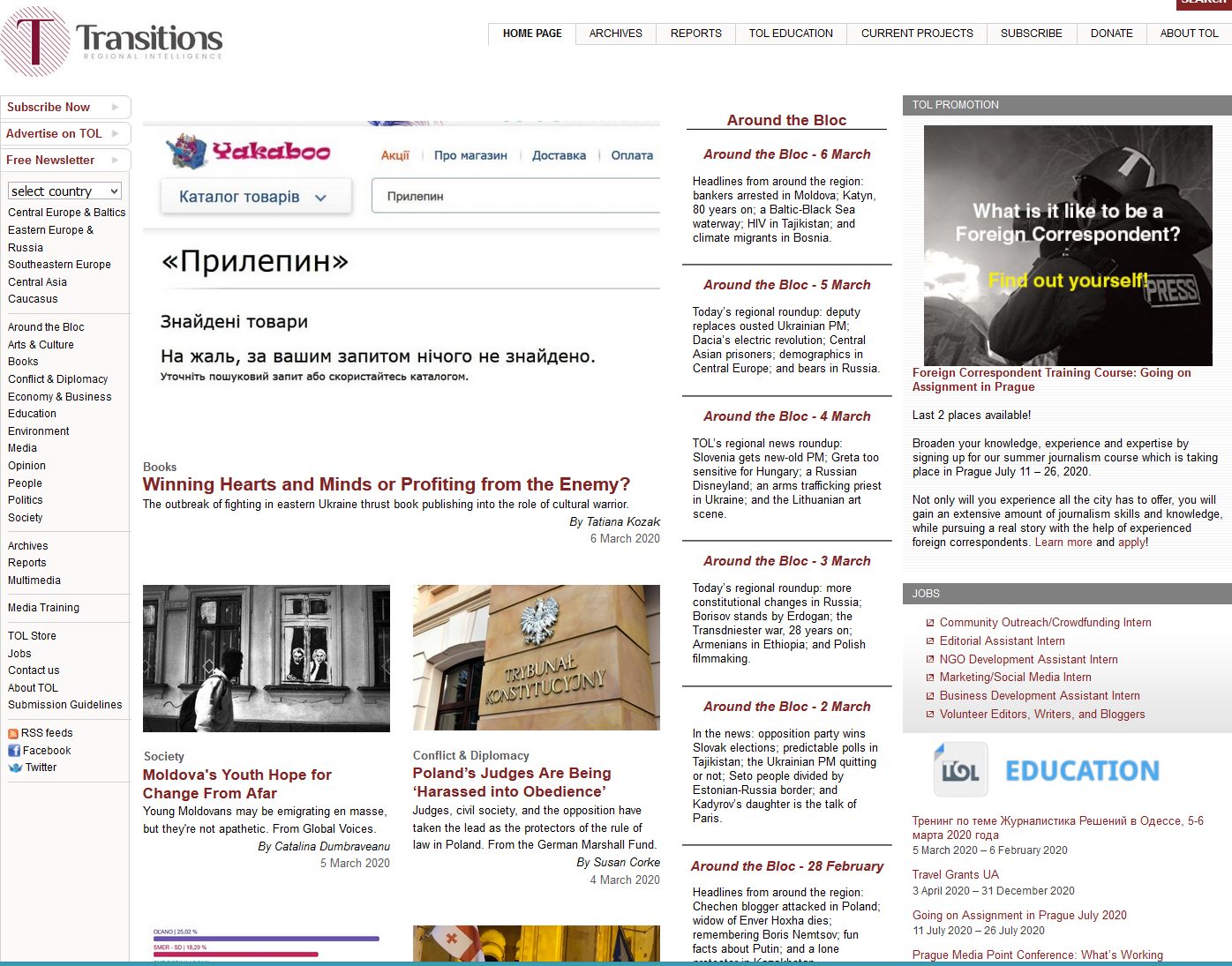
Transitions Online-Around the Bloc-3 MarchToday’s regional roundup: more constitutional changes in Russia; Borisov stands by Erdogan; the Transdniester war, 28 years on; Armenians in Ethiopia; and Polish filmmaking.
More...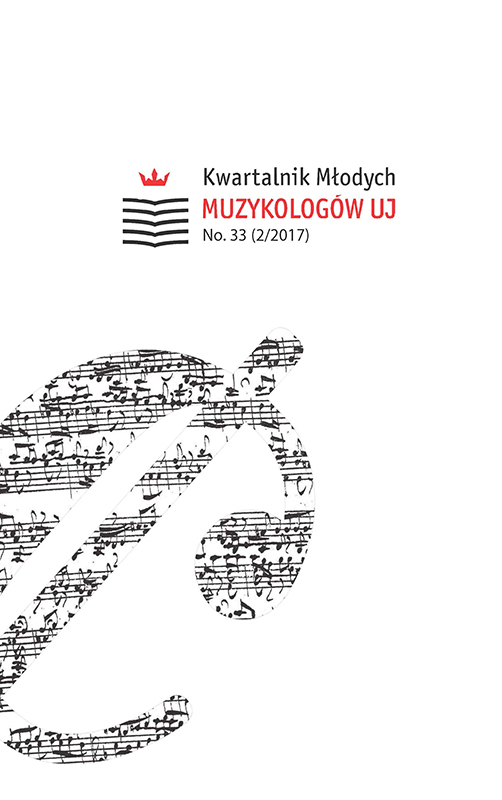
The aim of this article is to interpret songs by Gabriel Fauré, Claude Debussy, Maurice Ravel and a less-known composer—Irena Wieniawska (1879−1932), based on the same poems by Paul Verlaine. In the first part of this paper, the relationships between Wieniawska, Fauré, Debussy, Ravel and Verlaine are subsequently described. Then, the author makes a comparison between selected songs by French composers and Madame Poldowski, indicating main similarities and differences. The final part consists of some remarks related to the fact that Wieniawska fulfills features of the French mélodie very strictly. This is why her songs seem to be more traditional, not as allusive and sophisticated as Debussy’s or Ravel’s vocal works.
More...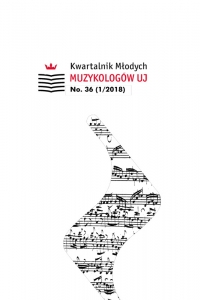
The history of the organs in the Cistercian Abbey in Kraków-Mogiła has not been studied so far. The article elaborates this topic based on the results of an archival query. Most of the sources are preserved in the Cistercian Archive in Mogiła. Examining them, the author discusses the history of instruments in the monastic church and in the former St Bartholomew church. On the basis of the sources, it was stated that at least in the 18th century the monastery church was equipped with two pipe organs. This fact has not been pointed out so far by researchers. The following article is supplemented by archival photographs.
More...
The Archive of St Joseph’s Convent in Kraków contains a collection of musical manuscripts, which have not been studied before. Among books of liturgical use, such as graduals and antiphonaries, there are also small cantionales, full of canto fratto repertoire. The majority of these sources originate from the Convent of Bernardine Nuns in Kraków; however, there are also at least two manuscripts from the Convent in Wilno. The aim of this paper is to present canto fratto repertoire of Benedicamus Domino found in the 18th and 19th century liturgical manuscripts from the Convent of Bernardine Nuns in Kraków. The author indicates sources of studied melodies based on the wide range of liturgical manuscripts from the 18th and 19th centuries—especially from convents of Bernardine Nuns in Poland, as well as from the Convent of Benedictine Friars in Staniątki—and compares it to the dispersal of canto fratto settings of ordinarium missae. Finally, the paper presents complete index of Benedicamus Domino melodies in the annex.
More...
Infant prodigies were a common phenomenon in the 19th century. They astonished the audience not only through their impressive abilities, but also the innocent beauty and the youthful grace. The perfect example of this is Apolinary Kątski (1826–1879), a violin virtuoso and a composer, known mainly as the founder of the Institute of Music in Warsaw, who, since he was three, was recognizable in concert halls all over Europe.According to the author, the early stage of the violinist’s activity requires more attention. The presented article sketches the path of young Apolinary’s life from the moment of his first performance in 1829 to May 1838, when he was granted with the famous recommendation of Niccolò Paganini. It introduced him to numerous concert halls of Europe and positively influenced his further artistic activity. The hereby presented paper makes an attempt to find out the date and place of birth of Kątski in the context of the rich musical activity of his family members. It also shows the first artistic tours of the young virtuoso against the background of his artistically talented siblings: a violinist Karol, pianists Stanisław and Antoni, and a singer Eugenia. The crucial moment are reflections on the stay of the family in Paris and their first performances in the musical centre of Europe as well as contacts of the young violinist with Niccolò Paganini.The studies on the correspondence of the father of the virtuoso, Grzegorz Kątski, and research on the foreign newspapers let the author reconstruct the life of Apolinary Kątski in the very first stage of his musical activity and place him in the context of infant prodigies of the 18th and 19th centuries.
More...
The main aim of this paper is to examine the discourse on Frédéric Chopin that took place in Poland in 1949, when the 100th anniversary of his birth coincided with the culmination of the socialist realist propaganda in the field of Polish culture. The discourse, initiated and moderated under effective surveillance of the Polish People’s Republic’s government, was filled with communist ideology. The authorities aimed at creating a sense of communion in the Polish nation, therefore they undertook numerous actions in the area of cultivating memory of Chopin and reception of his works. The composer was used as a banner under which the culture of socialist realism was to be consolidated. Chopin was presented by the narrators in the socialist realist context in various dimensions.“Deep humanism”, “truth”, “optimism”, “sincerity” and “democratic features” of Chopin’s music were the crucial notions used by them. Chopin was depicted, among others, as a revolutionist and a prophet of triumph of communism. The oeuvre of Chopin was said to bring together “fraternal countries and nations”, Polish People’s Republic and Soviet Union, while being simultaneously a crucial element of class conflict. The authorities had a tendency to overemphasize folk roots of his compositions, thus among musical genres composed by Chopin the importance of Mazurka was exaggerated. Other genres without such strong folk connotations, as sonatas, ballades and scherzos, were marginalized in the discourse.
More...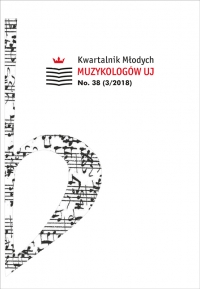
This article explores the newly discovered account books of the Lviv Uniate Musical Chapel of the Bishop Leon Szeptycki. The main stay of this musical chapel was the architectural complex of the Cathedral of St George in Lviv. Today, two account books are stored in the department of old books and manuscripts of the Andrey Sheptytsky National Museum in Lviv in the archives of the Lviv bishops; they cover the years 1760–1779. In the first two parts of the article, the author investigates the issues of the founding of the musical chapel and its place of activity. In the third part, there is a list of musicians who were members of this chapel over the years. In addition to the names and surnames, their positions, years of employment, musical instruments which they played and details of their biography are indicated. In the next part, there is a list of pupils of the chapel. It appears that the total number of pupils ranged from 2 to 14. Adult musicians and pupils played various instruments: harpsichord (“klawicymbaly”), clavichord (“klawikort”), organ, violin, alto, viola da gamba (“kwartviola”), cello (“basetla”), oboe, bassoon, trumpet and horn; there were singers as well. In the fifth part, the author specifies in what way the Lviv Uniate musical chapel was financed. In the next part, both the church and the secular musical repertoire of the musical chapel are described. In this section, also information from the Warsaw periodicals are used. In the seventh part, the collaboration of the Uniate music chapel with other chapels and monastic orders, Jesuits, Dominicans and Conventual Franciscans is explored. In the last part, the author examines the information about the human settlements that are found on the pages of the account books.
More...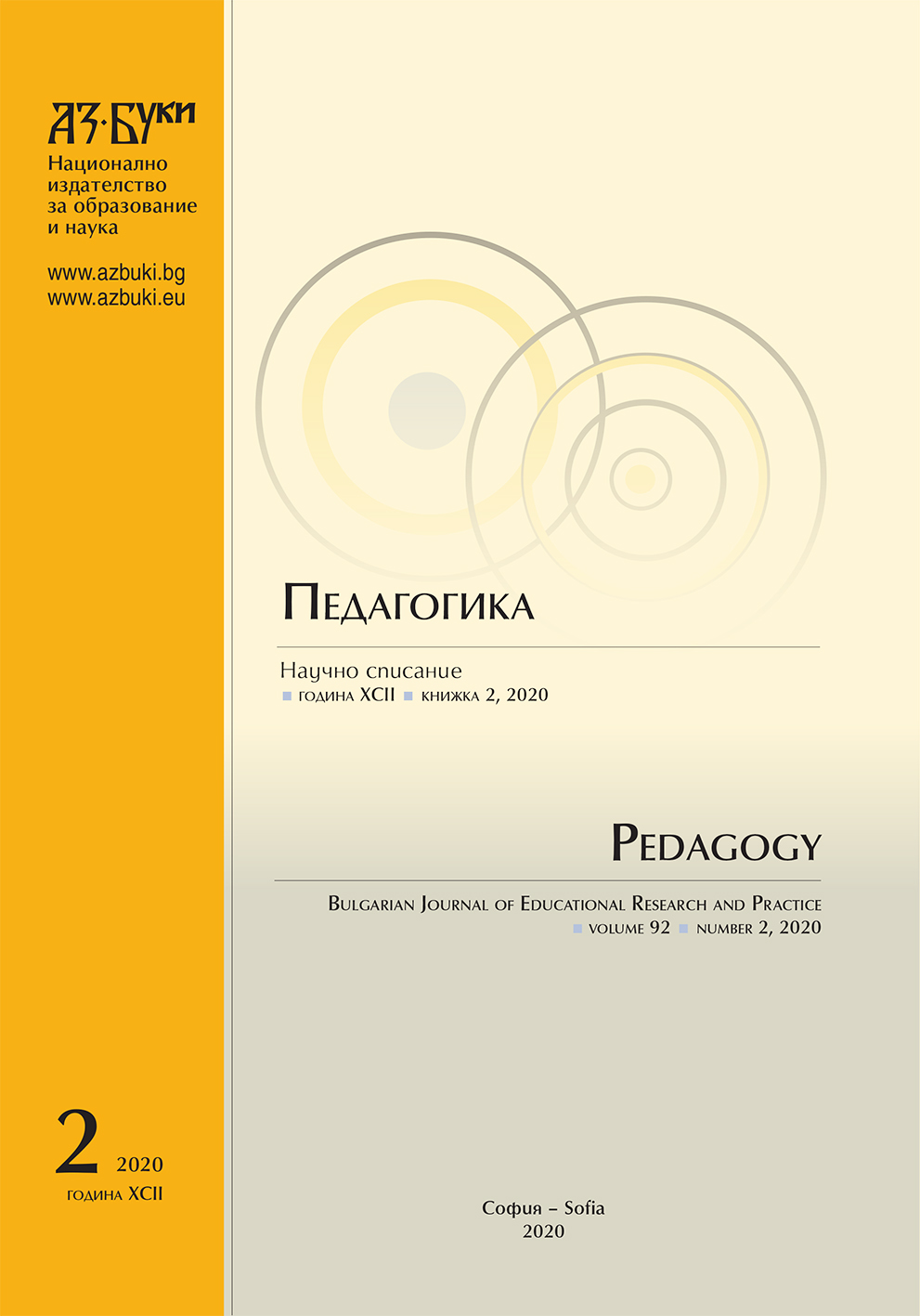
The article presents modelling as a type of visual activity, in three main dimensions. According to the First Class Fine Arts curriculum, the student's individual needs and creative development are emphasized through the sensory systems. The expression of ideas and experiences, by means of visual means to the students of the first grade, covers a large part of the educational content in the fine arts. The modelling activity is analyzed. The necessity of practical application of the volume-plastic imaging to the students in the initial stage was established. This is considered to be an important point in the overall development of their visual skills. A system of assignments is given, the applicability of which enables the enrichment of modelling skills in first grade students. Modelling is a process through which the cognitive processes are refined and developed, which leads to the accumulation of sensory experience and allows the creation of vivid sensory images that actively stimulate their visual activity.
More...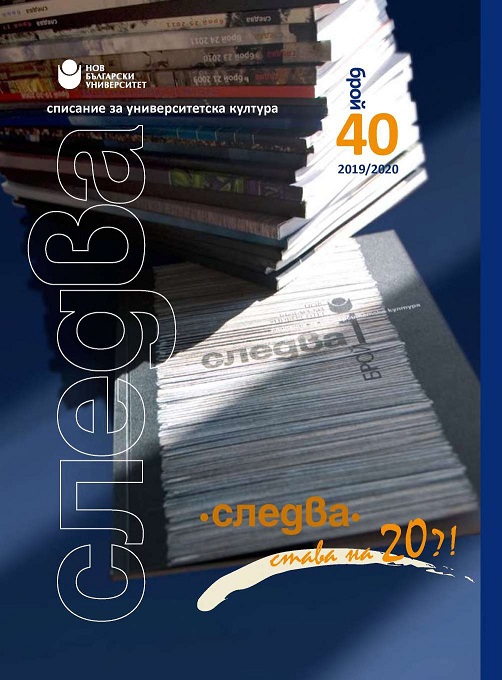
A blitz interview with Sneshina Petrova, award-winning actress and university professor, on her recent theatre and social project “Medea.”
More...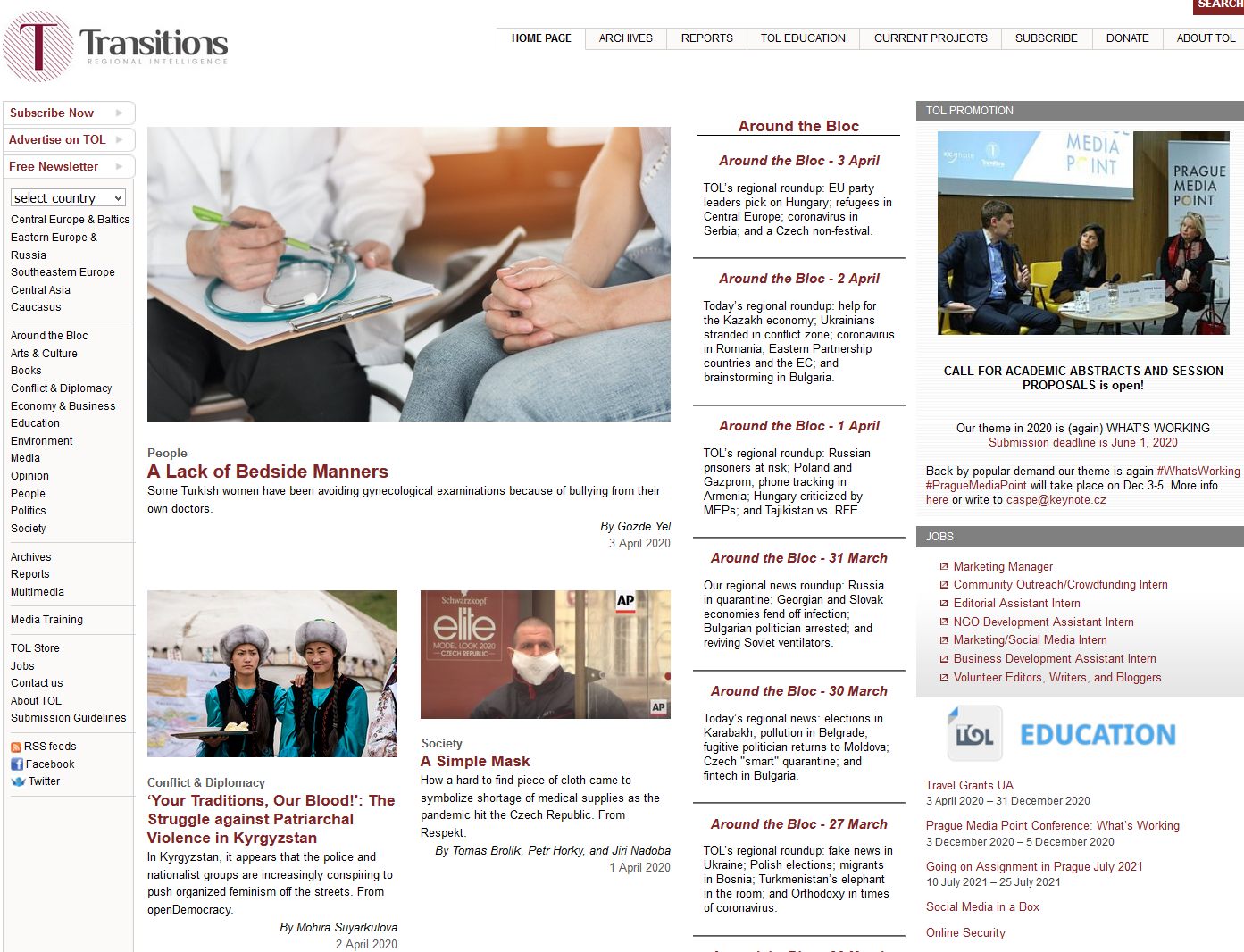
TOL’s regional roundup: EU party leaders pick on Hungary; refugees in Central Europe; coronavirus in Serbia; and a Czech non-festival.
More...
How Bauhaus movement informs not only modern architecture but also modern theatre, dance, art, music, the structure of the stage, the idea of the space, etc.? The ‘theatre of Bauhaus’ is not a clear system of ideas shared by all the participants in the movement. On the contrary, there are many internal conflicts. But we could speak of concepts that were developed and became influential through Bauhaus, especially after the ‘branding’ of the movement in the US in the second half of 20th century.
More...
The ever growing and updating Shakespearian context is the topic of this article examining the almost simultaneous appearance (in Bulgaria, 2019) of a book, a film, and a theatre production related to the Bard: the book is “Nothing Like the Sun” by Anthony Burgess (translated by M. Melnishka), the film is Kenneth Branagh’s “All Is True”, and the theatre production is “Romeo and Juliet” at the Mladezhki Theatre (Youth Theatre) in Sofia.
More...
The main focus in this study is the unique individual reception of the Expressionism in some of Eugene O'Neill’s plays from the 1920s: "The Emperor Jones" (1920) and "The Hairy Ape" (1922). A strong source of influence is August Strindberg and his experiments at the Chamber Theater in Stockholm. This can be traced by pointing out common thematic and stylistic features in Strindberg's trilogy "The Road to Damascus" and O'Neill's "The Emperor Jones". Another major source of influence is the German Expressionist movement from the first quarter of the 20th century, especially some of the leading playwrights like Georg Kaiser and Ernst Toller. Yet another source of influence are the German Expressionistic films of R. Wiene, F. Lang and Murnau, which followed most of the principles of the avant-garde trend.
More...
The task of this text by the is to outline the main political and ethical ideas that Georgi Markov (Bulgarian writer and dissident, murdered in exile by the Secret Services) maintains in his constant and often radical criticism towards Bulgaria regime during the years. Italian professor Giuseppe Dell’ Agata’s main point is related to Markov’s unshattered conviction that the Bulgarian regime created by the Communist Party had nothing to do with the communism or the socialism but was simply an example of state capitalism.
More...
The art historian prof. Irina Genova traces the history of AICA (Association internationale des critiques d’art) and focuses on its congress in Poland (Warsaw and Krakow) in 1960. The carefully chosen topic of the congress, “International Character of Contemporary Art”, meant to provide a meeting point for Western European and Eastern European artists and to open the post-Stalinist Eastern art scene to the contemporary tendencies of the abstract painting. The situation was different in the different countries. The research draws a parallel between the quite open Polish scene and the more conservative and closed Bulgarian one and the reception the congress had in those two contexts.
More...
This article explores the general content of printed advertisement, its elements and their interaction. By making a brief presentation of the different elements involved in print advertising, the research attempts at presenting and summarizing the role in advertising of illustrations and photographic images in particular. The study will also try to give a clear answer to the question concerning the quantity of photographic images compared to other types of illustrations, drawings, collages or computer generated images in Bulgarian print advertising during the period 2000-2017.
More...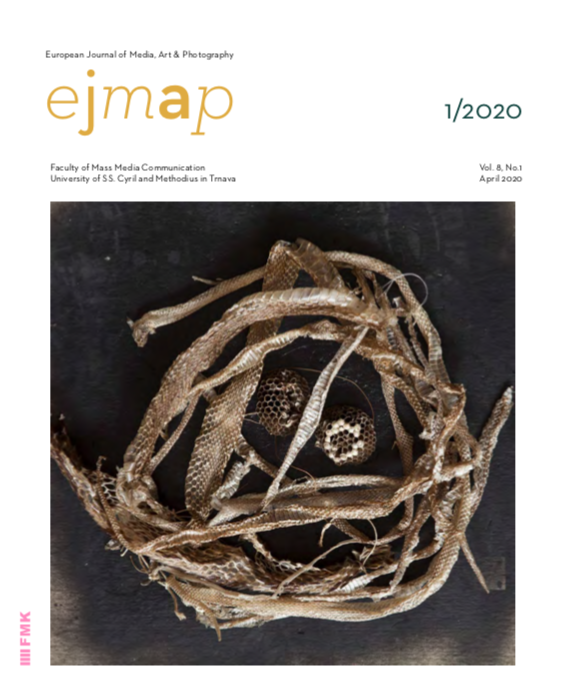
The first forms of the accent script were created at the beginning of the 19th century and at that time there was no indication that they would be very popular even in the second half of the 21st century. The reason for their emergence was the first industrial revolution and new requirements for the use of the font. In the 19th century, printers began to print various promotional and promotional prints more intensively and did not have the appropriate font for this type of printing. The article deals with the reasons for the creation of license fonts and the purpose of their use, while examining whether the original function of the font still applies today.
More...